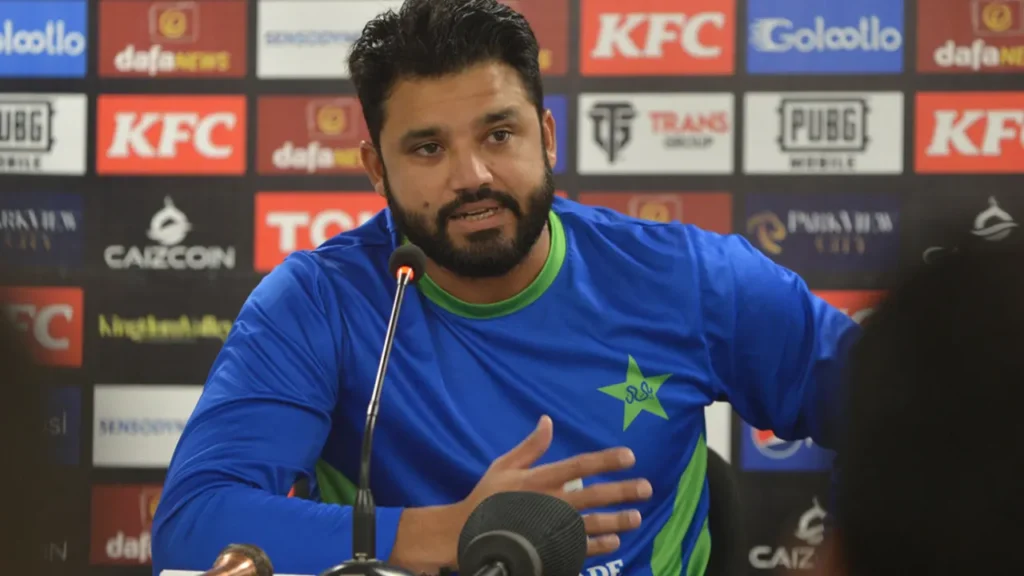Allegations of biased umpiring are as old as the game itself, and there were many claims by touring teams over the years that home umpires were making decisions against them. It was even not unknown for touring captains and managements to object to the appointment of specific umpires. But as international cricket gained a higher profile, with matches shown live on television, so the pressures grew correspondingly, and incidents like Mike Gatting’s confrontation with Shakoor Rana in 1987 persuaded many that action needed to be taken.
The issue, like most other things in international cricket, also had a cultural dimension. Those in the subcontinent were convinced that the complaints against their umpires were racially motivated, part of the old imperial hangover, and that biased umpiring elsewhere was regarded by officialdom with a much more benign eye. That no doubt explained Imran Khan’s initiative to bring in two Indian umpires for a Test against the West Indies in Lahore in 1986, and to fly in two English officials to stand in the series against India in 1989/90.
By this time proposals to introduce neutral umpires were gaining momentum at meetings of the Conference, and in 1992 a first, cautious step was taken with an experimental rule requiring one neutral official in every Test match. The first such appointment was the Englishman Harold ‘Dickie’ Bird, who stood in the series between Zimbabwe and India, starting in Harare on 18 October 1992. It took ten years before the requirement was extended to both on-field umpires, and again it was an Indian tour which broke new ground, with Asoka de Silva (Sri Lanka) and Daryl Harper (Australia) standing in the first three Tests in the series in the West Indies in April-May 2002, with David Shepherd (England) and Russell Tiffin (Zimbabwe) taking over for the final two. They were members of the ICC’s new Elite Panel of umpires, which had taken over from the International Panel first established in 1994 and which would now for the most part supply both umpires for Test matches and one for ODIs; the other official in ODIs would be one of the host country’s umpires on the International Panel.


